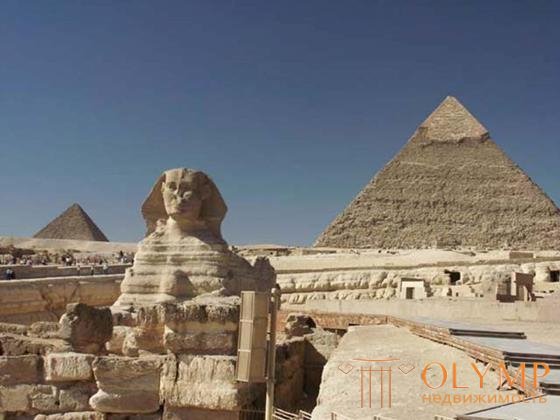
Ancient Egyptian style.
Walls, pylons, columns, as a rule, were speckled with hieroglyphic inscriptions and scenes of funeral rituals, where human figures were depicted in the characteristic "Egyptian" pose — the head and lower body — in profile, and the torso and arms — in front. In the buildings there are 3 types of columns - lotus-shaped (capital) in the form of a flower or lotus bud, papyrus (capital in the form of a bond of papyrus) and gatoria (capital with a picture of the head of the goddess Gator - women with a dog's head).

Architectural Ensemble in Giza
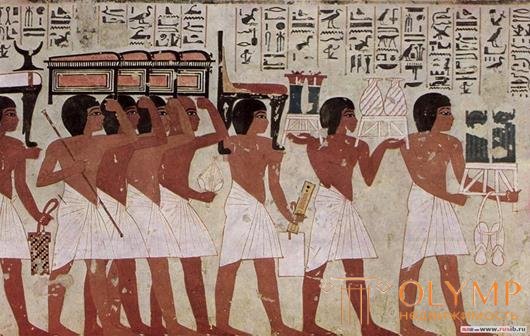
Ancient Egyptian Mural
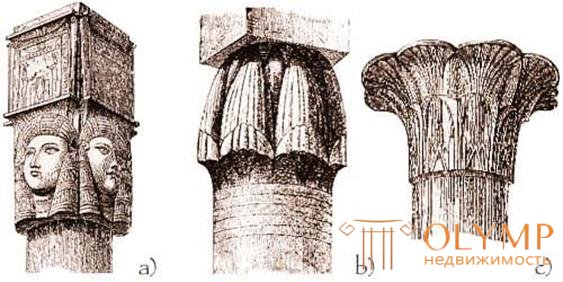
Gatoric, papyrus and lotus capitals
Antiquity.
Under the antiquity understand the architecture and art of ancient Greece and Rome. The ancient Greek architecture that emerged on the islands of the Aegean Sea was so harmonious and complete that it was later perceived by later styles (Renaissance, Classicism, Neoclassicism) as the original source, as a kind of role model.
It was in ancient Greece that such styles as Doric, Ionic and Corinthian were formed.
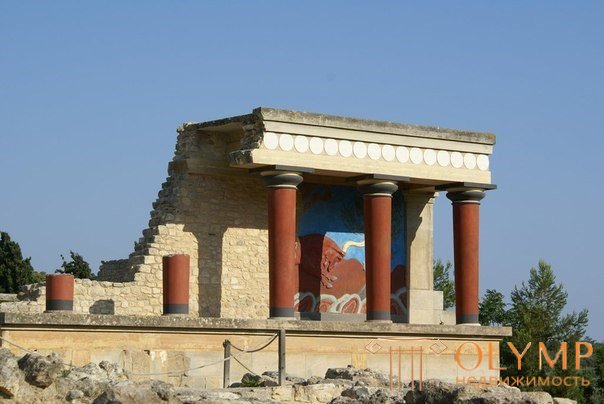
Knossos palace
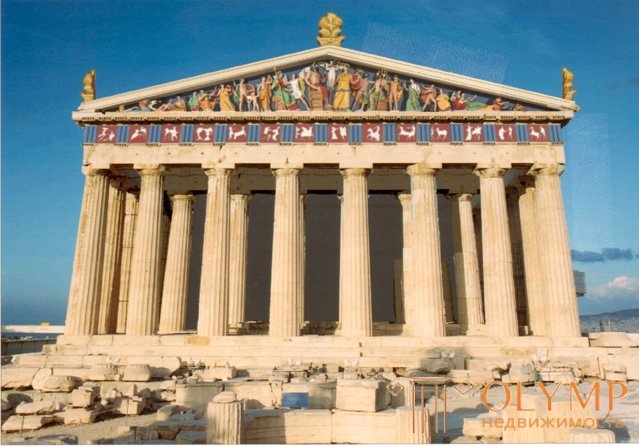
Parthenon. Temple of Athena Parphenos
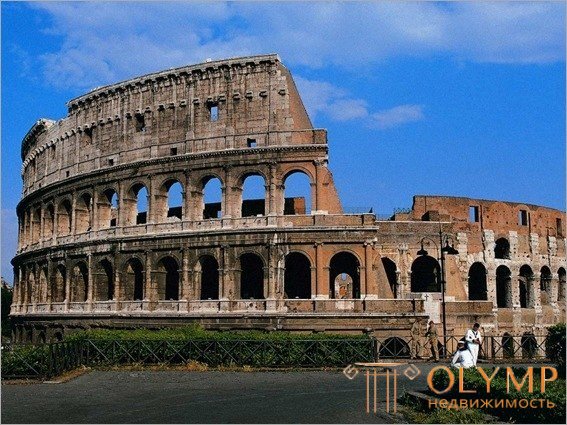
Amphitheater Flavian Colosseum
Middle Ages.
The Romanesque style (XFXII centuries, beginning of the XIII century for some countries) began the revival of the architectural traditions of ancient Rome and as a result received its name from the word "Roma" (Rome, in Latin). The creators of the Romanesque style - sculptors, architects, painters - wanted one thing: to embody beauty in their creations. The epoch of this style gives rise to a special feeling of touching the everlasting history, a sense of significance of the Christian world. In the interiors and architectural buildings of that time, warmth and harmony, smooth forms of arches and majestic calm decor are found.
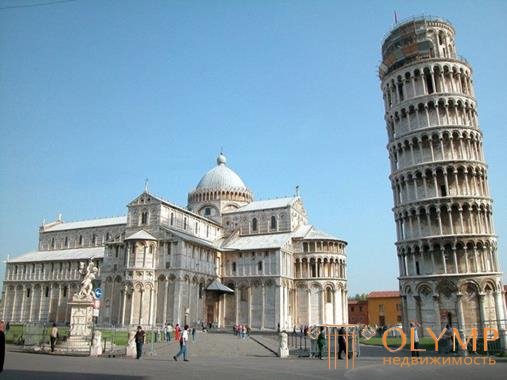
The ensemble of the cathedral square in the city of Pisa
Gothic (XIIFXV centuries) - the style of architecture originated in France, is notable for its elegance. It is not so much the colors and materials used that are important in it, as their compatibility and stylistic unity with the decor of the house, the harmony of old and modern objects. Pictures in beautiful settings, mirrors in gilded frames, carpets and tapestries, walls trimmed with fabrics, curtains beautifully draped. The windows in the French houses, by the way, come from the floor and always have small balconies. Gothic style (2 half. XIIFXV centuries.). The style of a complex psychological state, he became the embodiment of the entire period of the Middle Ages in the understanding of modern man. Gothic is mainly an architectural style, but the design and interior have very significant differences from other styles, their own and incomparable "face": the huge windows, many colored stained glass windows, lighting effects. Giant openwork towers, emphasized verticality of all structural elements.
Dynamics and expression of the forms of the late, "flaming", Gothic.
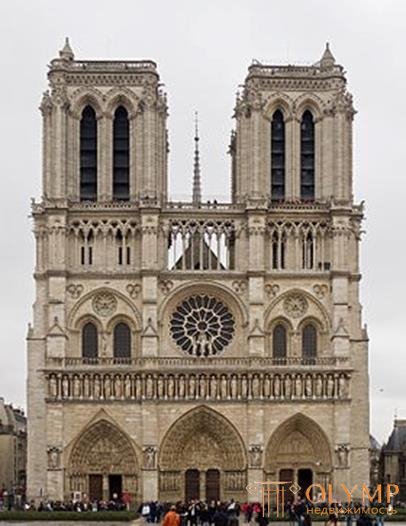
Notre Dame Cathedral
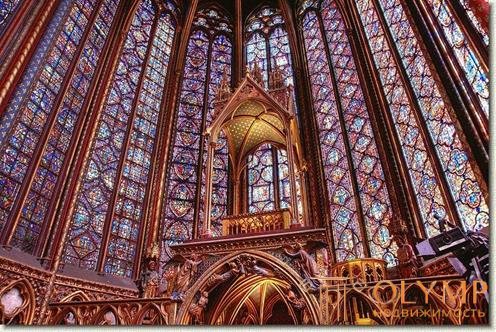
Gothic cathedral in Rouen. Stained glass windows
Renaissance (Revival).
The Renaissance style (XVFXVI centuries) is a new style that brought to the art and culture of medieval Europe a new spirit of freedom and faith in the limitless possibilities of man. For the first time, man once again became the creator of beauty and a free wanderer, who wants to see and feel the world around him, he is again ready for discoveries and bold decisions. New aesthetics reflected in the interior design. It is characterized by more spacious rooms with rounded arches, decorated with carved wood. The intrinsic value and relative independence of every single detail of the interior is a whole.
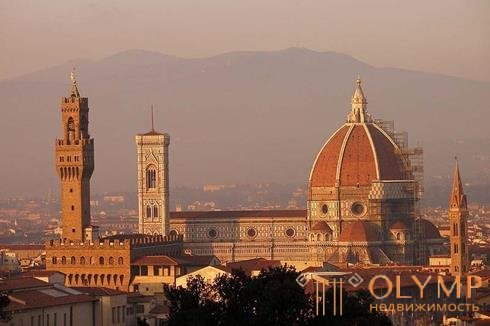
Brunelleschi. Cathedral of Santa Maria del Fiore
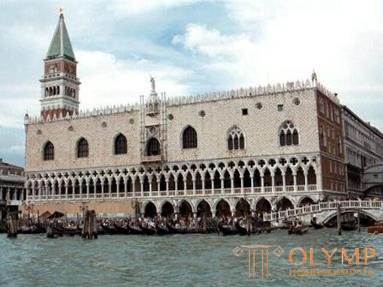
Doge's Palace in Venice
Baroque.
Baroque style appeared in Italy (XVII - early XVIII centuries). This style is very difficult to confuse with any other. He, like the Gothic, became the embodiment of his era. Baroque for the first time in the history of art combined two concepts - style and lifestyle. Sensual bodily joy of being, tragic conflicts form the basis of the beautiful and a source of inspiration for style. In interior design, Baroque strives for grandeur, pomp, spatial scope. The variability, the bizarre game of images in the interiors of this style was comparable to the complexity of the mood of the sea baroque baroque, after which it was named.
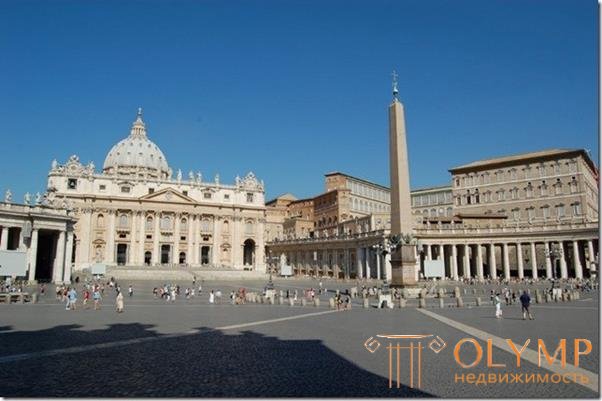
Bernini Cathedral of sv. Petra in Rome
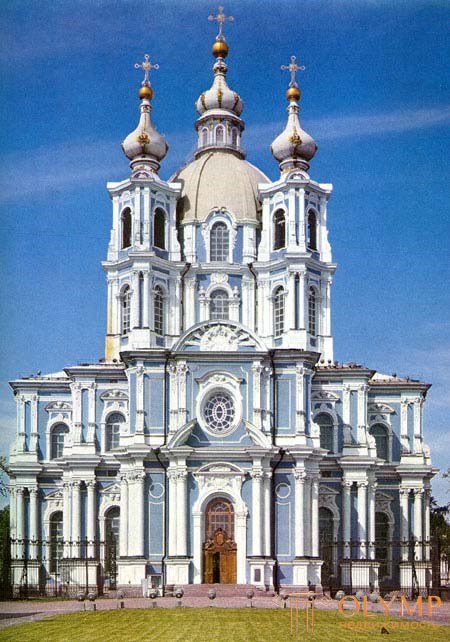
Smolny Cathedral. St. Petersburg
Rococo.
The main principles of the Rococo style (mid-18th century) in art were the departure from life into the world of fantasy, games, mythical scenes, and erotic situations. A graceful, whimsy lush ornamental rhythm prevails. The interiors are elegant, decorative, light. The decorative art of Rococo belongs to the highest achievements of the art of the 18th century in terms of refinement, beauty of asymmetric compositions, in the spirit of intimacy, comfort and personal convenience.
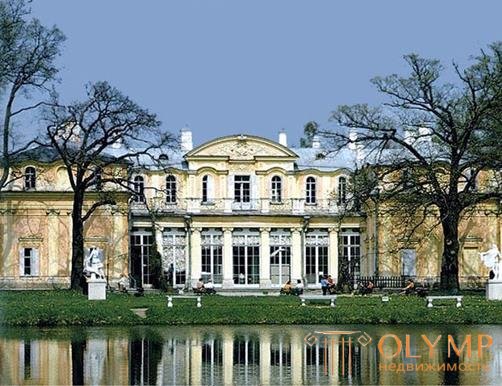
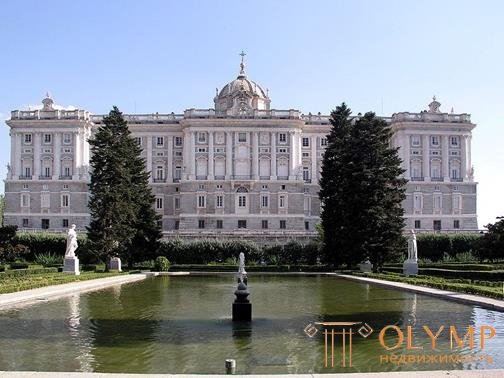
Royal palace in madrid
Classicism
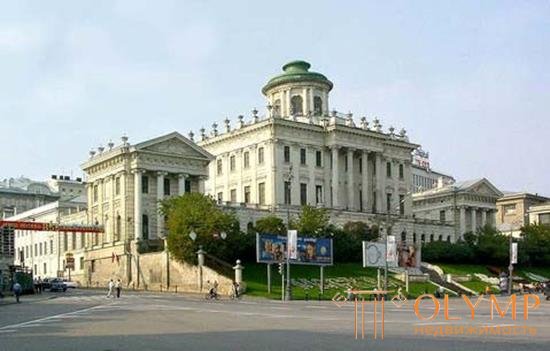
Pashkov House in Moscow
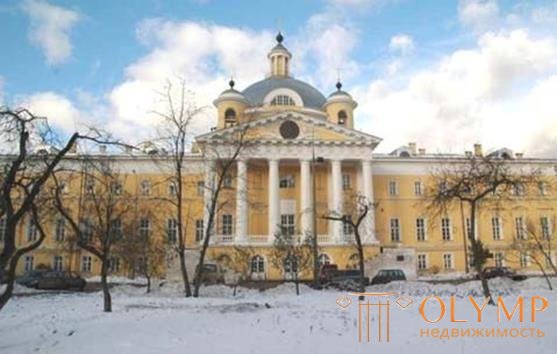
Golitsinsky hospital. Moscow
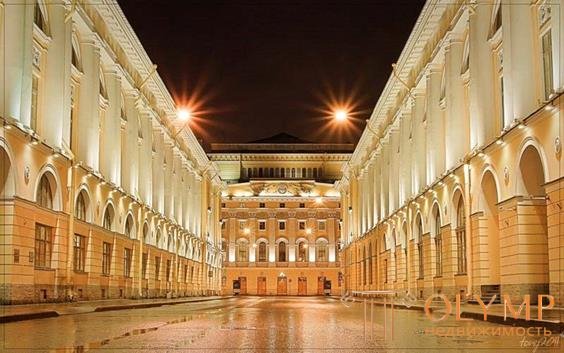
Rossi Street. St. Petersburg
Empire
A new stage in the development of classicism is associated with the empire (the beginning of the 19th century). Ceremonial, solemn, military-triumphal style, inspiring chic and luxury of the Roman Empire. The interior design uses rich decor with motifs of military emblems. Forms are massive and simplified, underlined monumentality. Empire gained popularity mainly in France, but it did not last long there. Soon it will be replaced by a much more “warm” style that combines all the comforts and advantages of past styles - Eclectic.
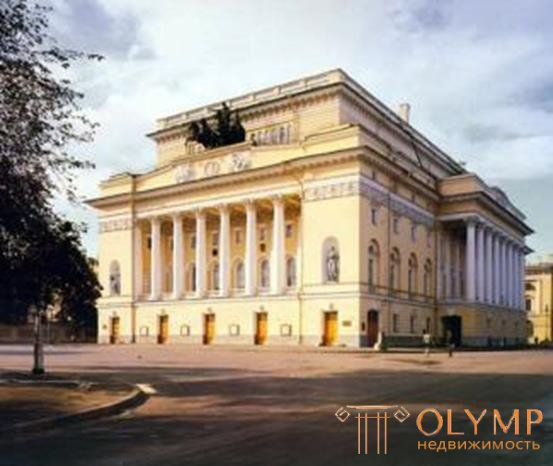
Alexandria Theater. St. Petersburg
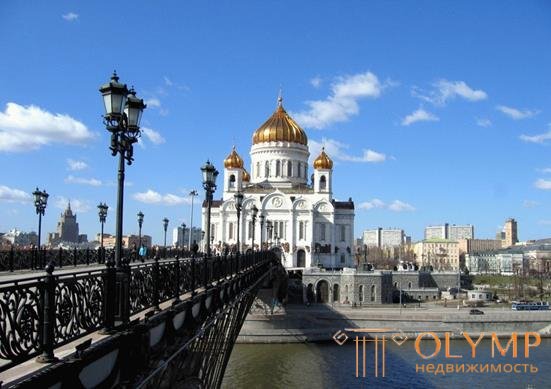
Christ the Savior Cathedral. Moscow
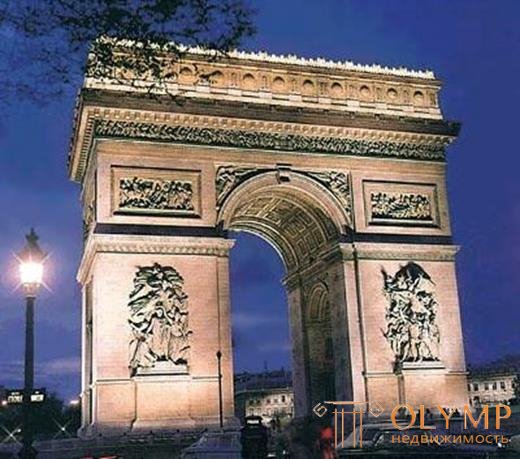
Triumphal Arch Shalgren
Eclecticism
Eclecticism has always existed as an inevitable consequence of the dialogue of different cultures, but the fundamental principle of art became precisely in the 19th century, 1830F1890. All because of romanticism, with its philosophy of "free movement in historical time" and the rejection of strict canons in art. Everything that was comfortable and beautiful in the interiors of past styles became fashionable and relevant. Many critics of art accused Eclectic of excessive congestion and poor taste, lack of individuality. And yet, she had her own distinctive features: plastic forms, an abundance of textiles, softness and comfort of furniture, a lot of decorative elements that could be things from different corners of the world, reminiscent of the cultures of the East, Mediterranean maritime countries.
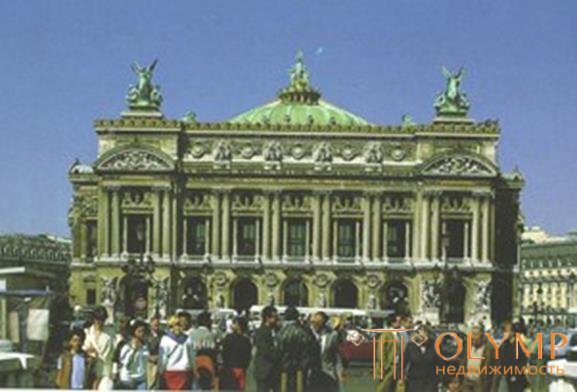
The building of the Grand Opera in Paris, 1875, arch. S. Garnier
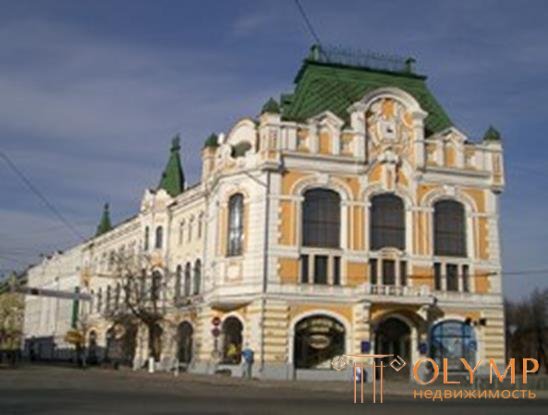
The building of the City Duma in Nizhny Novgorod, 1903, arch. V.P. Ceidler
Modern
The style of the end of XIXF, beginning of the XX century, introduced fundamentally new decorative elements into the interior design, giving them preference over the constructive ones. In Germany and Austria, they called art of young people, in France - ar nouveau, in England and Russia - modern, in Italy - liberty. Modernity stood at the dawn of a new era of the twentieth century, and therefore, simply had to become unique and magnificent. The creators of this style, regardless of the types of art, contributed to it all the best achievements of the past and the most sophisticated and sophisticated ideas of their time. In interior design, attention was paid to a stylized plant pattern, flexible fluid forms. The style that is most popular in modern interior design .
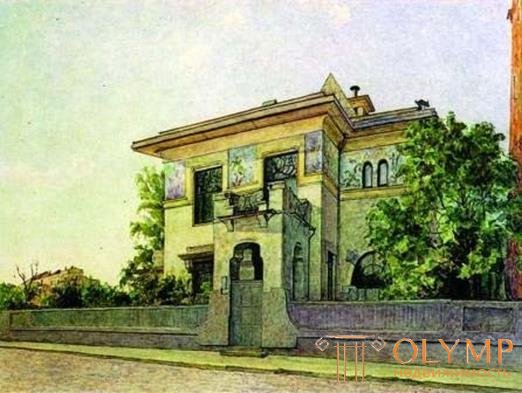
Mansion Ryabushinsky. Shekhtel. Moscow
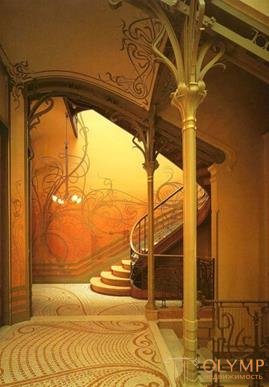
Victor Orta. Mansion Tessel. Interior
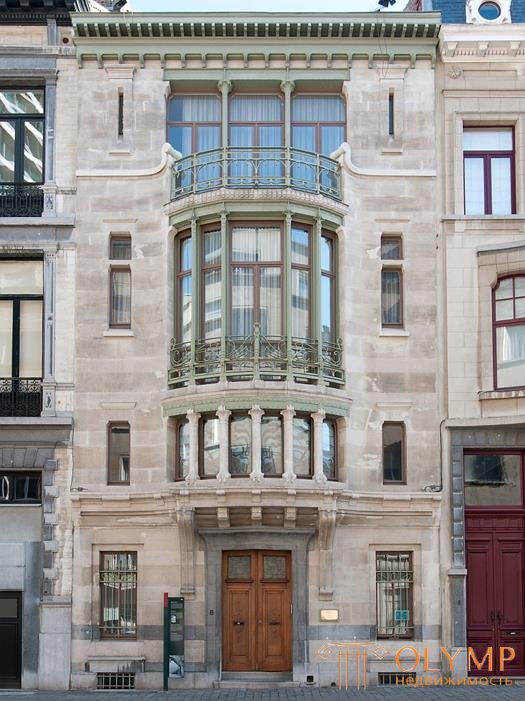
Victor Horta. Mansion Tessel in Brussels
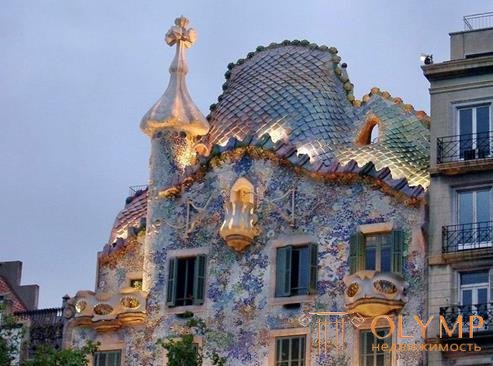
Gaudi. House. Spain
Neomodern .
The use of plastic forms ArtFNouveau for architectural decoration of premises on a modern technological base. The almost complete absence of ornaments.
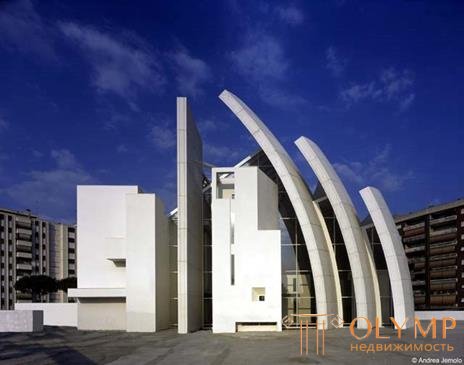
Church of Jubilee in Rome. Richard Meyer
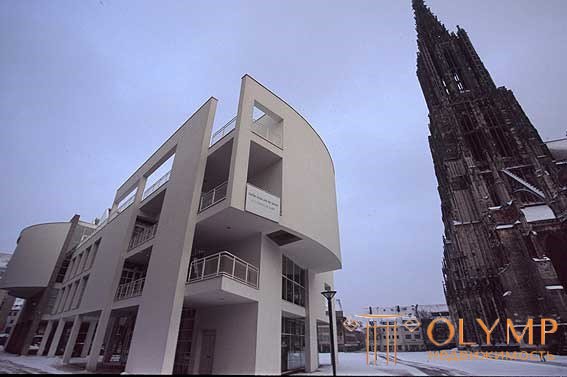
The work of Richard Meier
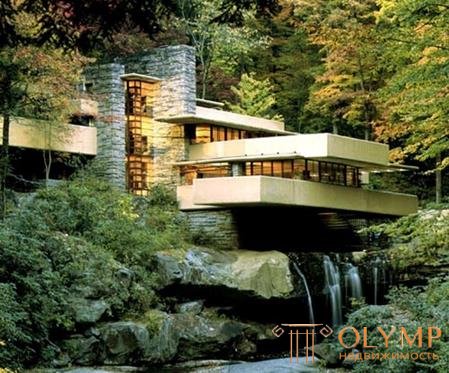
Lloyd Wright. House over the waterfall
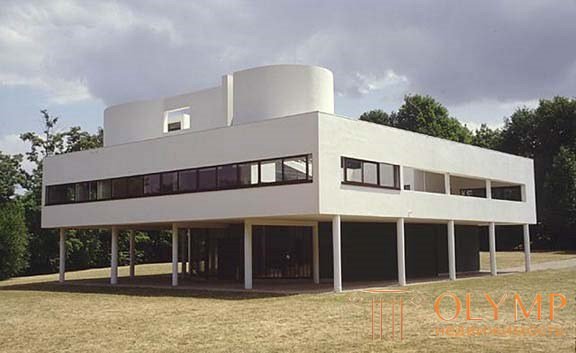
Le Corbusier. Villa Savva
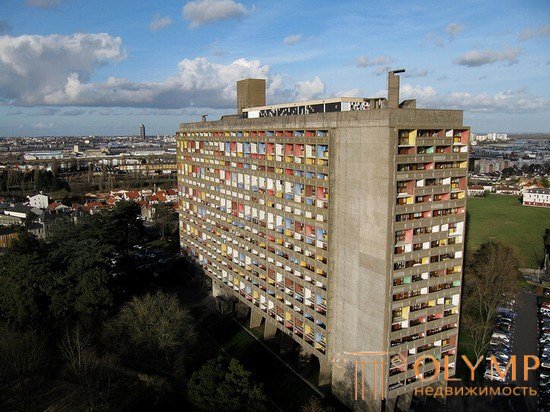
Le Corbusier. House in marseille
Considering the internal structure of the concept of "style" stands out a number of its levels:
F historical art style;
F historical-regional (stylistic current); F individual style wizard.
Similar can be observed in the history of design. Styles in design as part of the general artistic culture correspond to large historical art styles in art, and, in particular, architecture. Suffice it to recall also common art styles like Art Deco, PopFart, Postmodern and High Tech. At the same time, in the subject shaping, they, of course, are transformed into their own style trends, reflecting the specificity of the shaping of mass products under the conditions of industrial technologies.
Что бы оставить комментарий войдите
Комментарии (0)